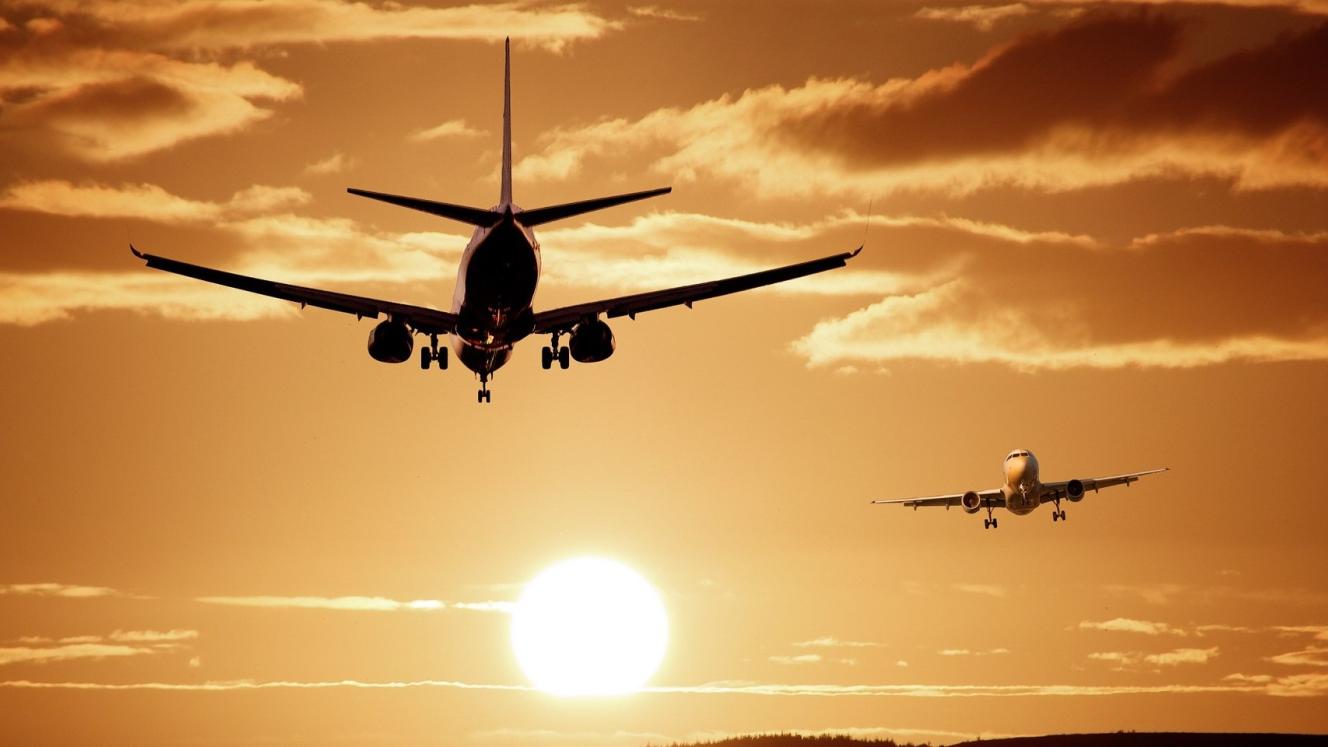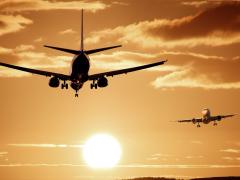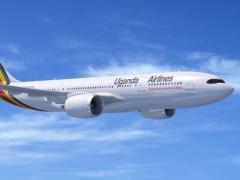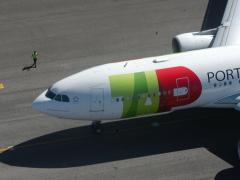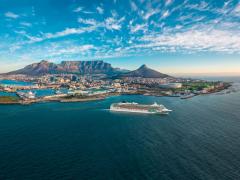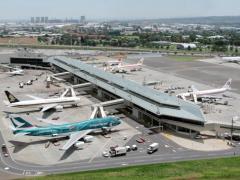African carriers are expanding their footprint by targeting unserved routes to, from and within Sub-Saharan Africa, according to Airbus data shared at the AviaDev Conference in Zanzibar last week.
Geert Lemair, Market Intelligence and Consulting Director at Airbus, identified the top unserved routes between October 2023 and September 2024, based on growth in passenger traffic. These were routes that lacked direct connections.
The top intercontinental routes were:
- Harare-London
- Johannesburg-Mumbai
- Lagos-New York
- Entebbe-London
- Lagos-Toronto
The top intra-Africa routes were:
- Abidjan-Douala
- Dakar-Libreville
- Cape Town-Lagos
- Johannesburg-Abidjan
- Nairobi-Dakar
Harare-London
The Harare-London route experienced year-on-year (y-o-y) growth of 12%, with passenger traffic that fell only 10 000 passengers short of lucrative routes such as Amsterdam-Johannesburg, over the one-year period.
While Emirates previously dominated traffic on the route, it was overtaken by Ethiopian during the period under study. Lemair said this was due to Ethiopian’s strategic increase in capacity on its Harare-Addis Ababa-London Gatwick route.
Entebbe-London
Traffic grew 8% year-on-year to around 70 000 passengers, just below Brussels-Kinshasa levels.
Lemair said the route’s traffic was dominated by RwandAir’s Entebbe-Kigali-London connection after increasing frequencies and displacing Emirates as the leading carrier.
Cape Town-Lagos
The Cape Town-Lagos route experienced the largest growth: 67% compared with the previous year with volumes that rival those of Johannesburg-Walvis Bay.
TAAG now holds the largest share of traffic on the route, exceeding SAA. Lemair explained that this was due to its Cape Town-Luanda-Lagos route. TAAG implemented a 34% increase in flights on the Cape-Luanda route and a 115% increase on the Luanda-Lagos route.
Johannesburg-Mumbai
While the Johannesburg-Mumbai route experienced the lowest year-on-year growth of 4%, Lemair argued that the route showed promise of exceptional growth over the next 15 years.
Johannesburg-Mumbai’s passenger traffic currently sits on a par with Brussels-Kinshasa at just over 80 000 passengers over the year. The route is largely served by Ethiopian, Kenya Airways and Middle Eastern carriers, however Lemair makes a strong case for why a direct route is essential.
He explained that India was set to become the third-largest economy in the world in the next 10 years, with a middle-class population equivalent to that of the entire European Union.
Furthermore, BRICS and the easing of visa requirements between South Africa and India are expected to boost travel.
